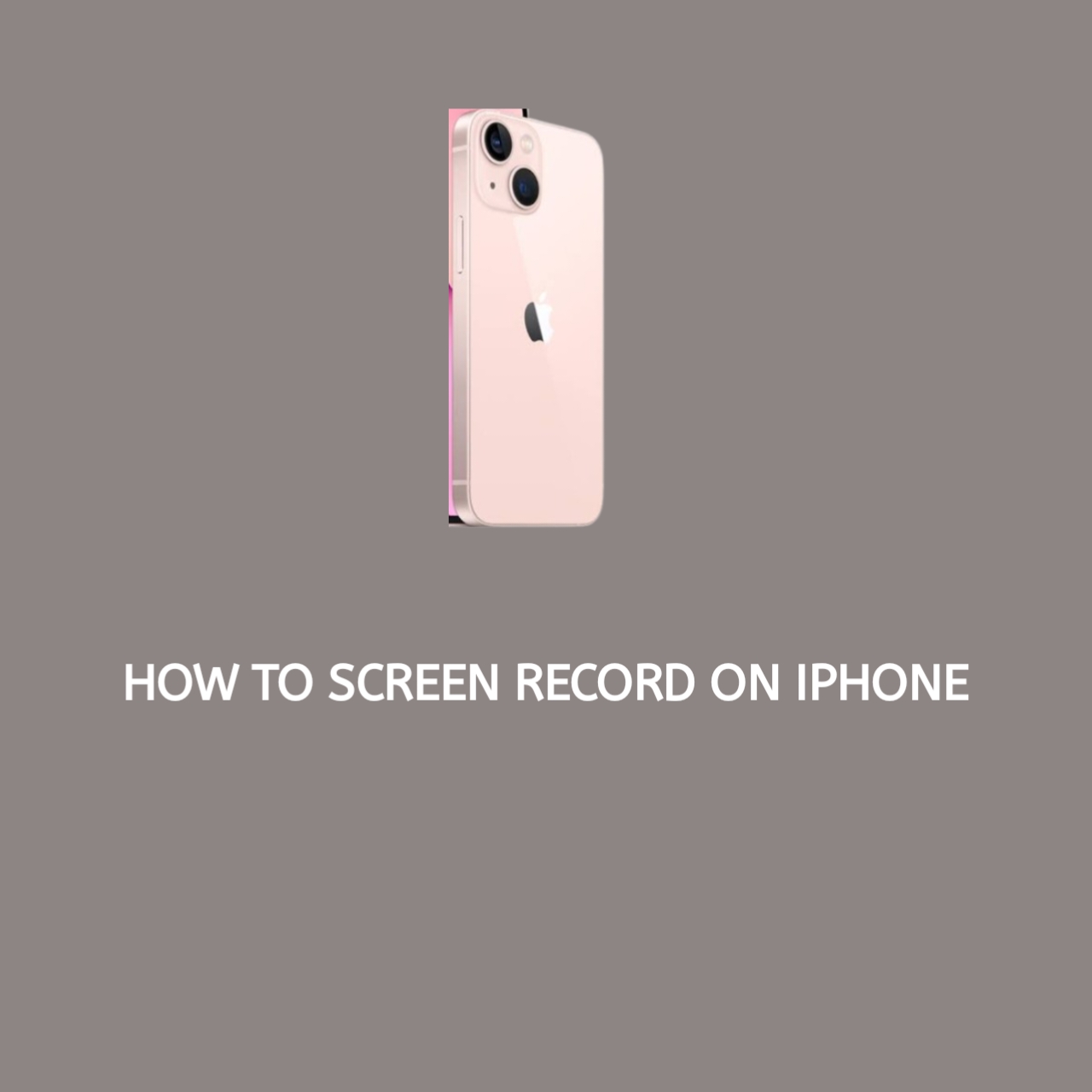Screen recording is a handy feature that allows you to capture what’s happening on your iPhone screen in real time. Whether you want to save a tutorial, document a software bug, or record a live stream, the built-in screen recording tool on iPhones makes it simple. Best of all, it’s free and doesn’t require downloading additional apps.
Quick Overview of iPhone Screen Recording
Apple introduced the screen recording feature with iOS 11, making it accessible to most iPhone users. This built-in tool allows you to record your screen effortlessly and even include audio if needed. It’s user-friendly, requires no third-party software, and works seamlessly across Apple devices running iOS 11 or later.
Step-by-Step Guide to Screen Record on iPhone
1. Enable the Screen Recording Feature
Before you can start recording, you need to add the screen recording button to your Control Center. Here’s how:
- Open the Settings app.
- Scroll down and tap Control Center.
- Select Customize Controls (or simply Control Center on newer iOS versions).
- Locate Screen Recording under “More Controls” and tap the green plus icon to add it.
2. Start a Screen Recording
Once you’ve enabled the feature, follow these steps to start recording:
- Open the Control Center:
- On iPhone X or later: Swipe down from the top-right corner of the screen.
- On older iPhone models: Swipe up from the bottom of the screen.
- Tap the Screen Recording button (a circle icon).
- Wait for the 3-second countdown, and the recording will begin automatically.
- If you want to include audio, long-press the Screen Recording button and toggle the Microphone on.
3. Stop a Screen Recording
When you’re ready to stop recording:
- Tap the red status bar or recording indicator at the top of your screen.
- Confirm by selecting Stop from the pop-up.
- Alternatively, return to the Control Center and tap the Screen Recording button again.
Tips for Better Screen Recordings
- Use Do Not Disturb Mode: Avoid interruptions by enabling Do Not Disturb before recording.
- Check Audio Settings: Turn the microphone on if you need to record voiceovers or external sounds.
- Ensure Storage Availability: Confirm that your iPhone has enough storage space for the recording, especially for longer videos.
- Close Unnecessary Apps: This helps reduce distractions and ensures smoother performance during recording.
Where to Find Your Screen Recordings
Your screen recordings are automatically saved to the Photos app for easy access. Here’s how to find them:
- Open the Photos app.
- Navigate to the Recents album.
- Alternatively, look for the Screen Recordings folder under Albums.
From here, you can play, edit, or share your recordings.
Troubleshooting Common Issues
- Screen Record Button Missing from Control Center
- Go back to Settings > Control Center and ensure Screen Recording is added.
- Recording Won’t Save
- Check your iPhone’s storage capacity. If space is low, free up storage and try again.
- No Audio in Screen Recordings
- Make sure the microphone is enabled by long-pressing the Screen Recording button in the Control Center and toggling the Microphone on.
- Can’t Record Certain Apps
- Some apps, such as streaming services, restrict screen recording for copyright and security reasons.
(FAQs)
1. Can I record my voice while screen recording?
Yes, you can enable the microphone to capture your voice during the recording. Long-press the Screen Recording button in the Control Center and toggle the Microphone on.
2. Why can’t I screen-record some apps?
Certain apps block screen recording due to copyright or privacy restrictions. This is common with streaming services like Netflix or banking apps.
3. How do I edit my screen recordings?
You can edit your recordings directly in the Photos app. Tap Edit to trim the video, add filters, or adjust settings. For advanced edits, consider using third-party apps.
4. Does screen recording affect video quality?
No, screen recordings capture your screen’s content in its native resolution, ensuring clear and high-quality output.
Conclusion
Screen recording on an iPhone is a powerful tool that’s easy to use and highly versatile. Whether you’re creating tutorials, capturing gameplay, or troubleshooting issues, this feature has you covered.
